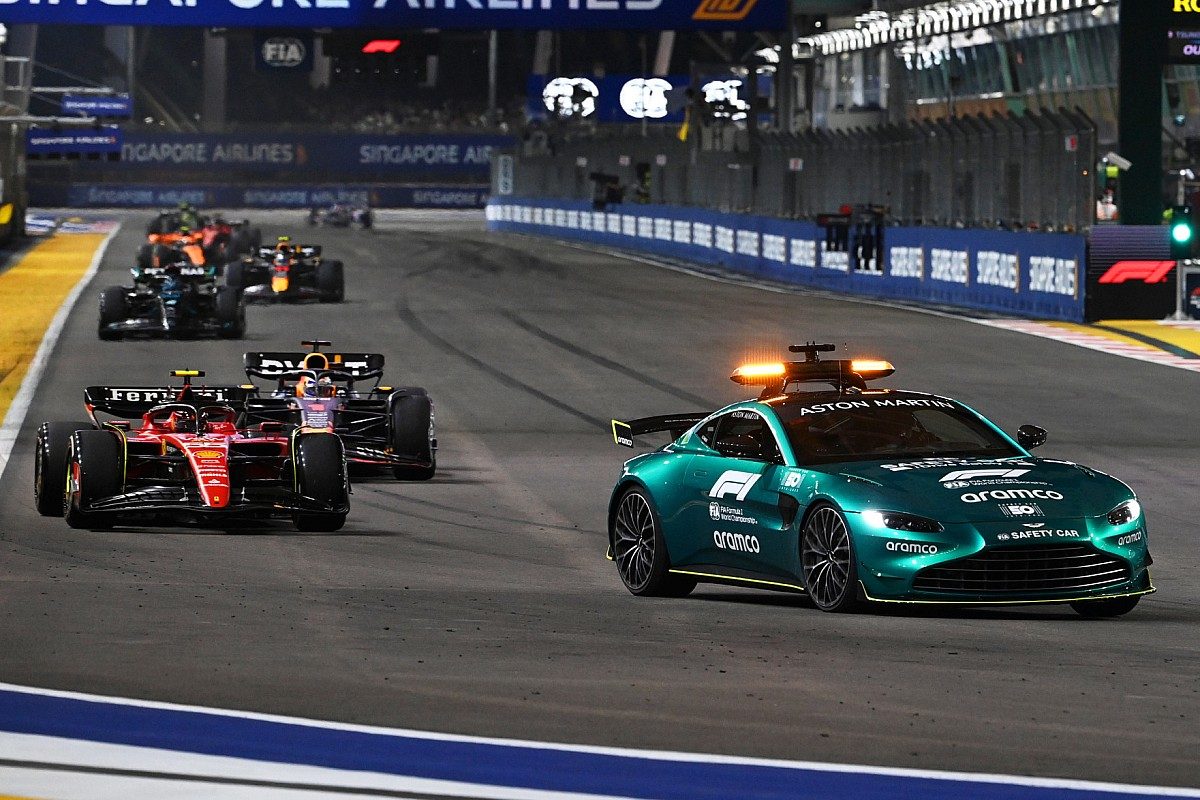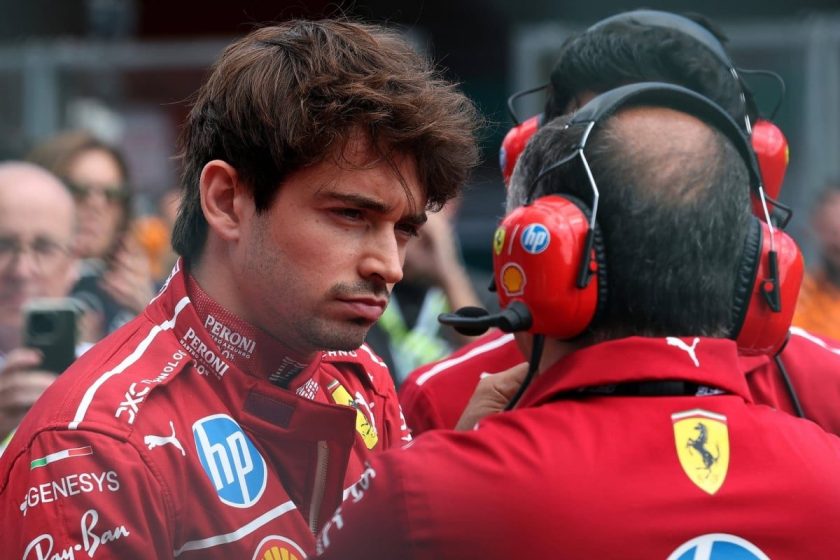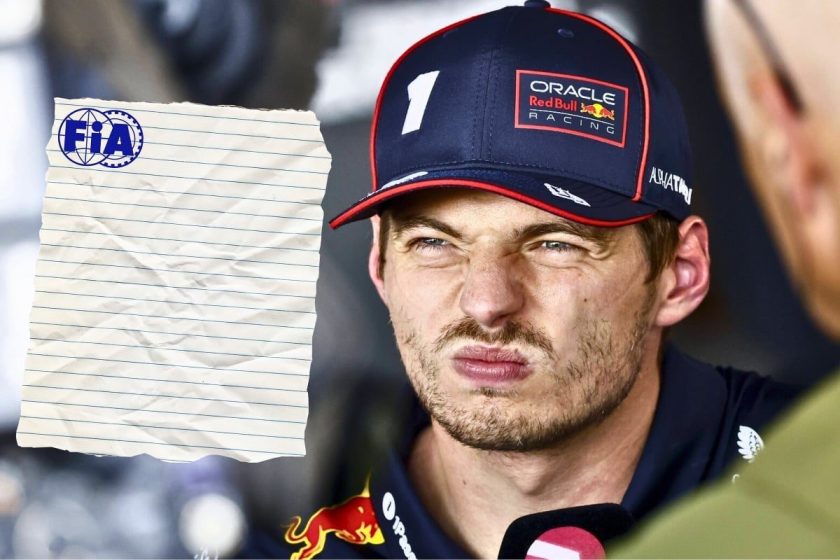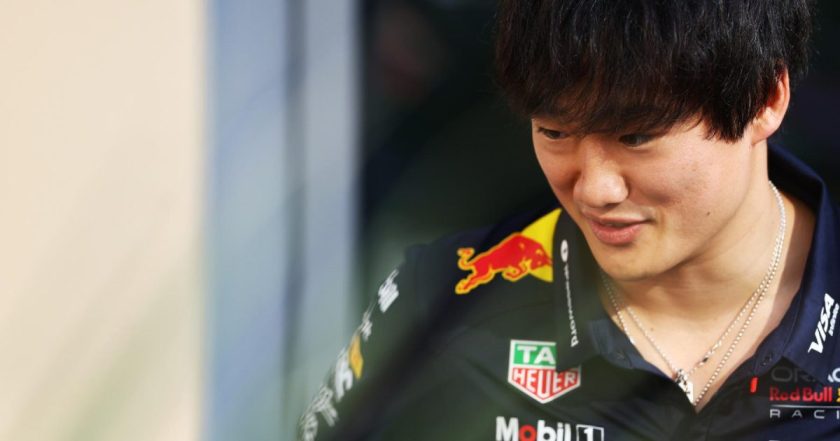P1racenews AI automatic summary:
F1 safety car: What is it and how does it work?
The Formula 1 safety car is used during races to control the speed of cars in the event of an incident or crash on the track. There are two types of safety cars: a physical car on the track or a virtual safety car (VSC). The purpose of the safety car is to slow down the cars until the situation is resolved and to ensure the safety of marshals and drivers.
When the safety car is deployed, drivers must slow down and no overtaking is allowed unless instructed. Yellow flags and illuminated ‘SC’ screens indicate the presence of the safety car. Once the incident is cleared, the safety car returns to the pitlane and racing resumes on the next lap.
The safety car was first used in Formula 1 in 1973, but it became an official part of the sport in 1993. It has been implemented with various car models over the years, with Mercedes-Benz currently responsible for providing the safety car.
In addition to the physical safety car, there is also the virtual safety car (VSC), which sets a specific speed for all drivers to follow. This ensures a controlled and safer environment on the track.






